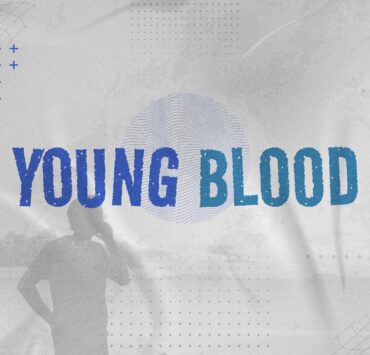Making the case for small classes

Last week, I gave a talk on science communication to fellow faculty members at Ateneo. In such talks, I always present science communication as listening, conversation, meaning-making, and respect for local knowledge systems.
The discussion that followed was rich: we shared observations of our students, who all needed to be more daring and to listen. We wanted them to be excited to live in other places, escape their comfort zones, and work and talk with those outside their generation.
A faculty member described it as rootedness.
This is not something you can teach in the classroom without it beginning in a home where parents allow their children to solve their own problems. However, it’s something that we can facilitate and sustain so that those from overprotective upbringings can start seeing the pitfalls of being too reliant on fences to secure their identity.
One way to strengthen this is by facilitating vibrant discussions among students. This is something that I was able to do with my elective classes as long as my students were really engaged in the topic and had read the readings. This was also something I did in my research and creativity classes, as long as I had fewer than 25 students.
The larger the class size, the more difficult it was to get people to talk. Even with a work-around of small group discussions, a few people tended to dominate because the group saw them as naturally articulate (therefore: their lead reporter). The only way I could make a small group discussion work was to push each member to report different parts of their assigned task.
In my creativity class, this meant the entire group had to talk; but it also meant more class time, so having fewer than 25 students kept us within class hours.
My colleagues from the United States and Europe, whom I meet at conferences, share the same experiences. One US university had not raised its tuition for over a decade, but had also tripled class sizes to make up for the deficit. Even with teaching assistants, professors could not monitor their students and ensure quality education.
Everyone I met had the same feedback: too many people, too much work. Let’s hope the kids are learning something. Class size is an issue we’ve long faced in the academe. By large, we mean as many as 100 to 200; by small, we’re looking at fewer than 20 to 30 students.
What does research say? For this, I draw from the work of Joe Cuseo (Journal of Faculty Development, 2007); Irenee R. Beattie and Megan Thiele (The Journal of Higher Education, 2016); Liz Wang and Lisa Calvano (Organization Management Journal, 2022); Xiaotian Li and Mengyan Li (Rangsit Journal of Educational Studies, 2021); and Homa Molvi (Review of Education, 2024).
Organizing large classes can decrease staff and resource costs for the university and, to some extent, keep tuition low. However, research has also shown that large classes lower academic achievement, performance, and engagement by students; large classes can cripple the ability of instructors to teach.
Recent research has shown that large classes lead to higher student anxiety, information overload, and alienation, as students (especially minority groups) feel uncared for and forced to simply listen rather than participate in their learning. Teachers, too, are experiencing more stress and burnout.
Some nuance is needed here: it’s not so much the absolute number of students, but what the class size naturally prompts instructors to do. Large classes make instructors rely more on lectures, reducing the quality of interactions and feedback to students. Small classes, on the other hand, offer the potential for more discussions as long as instructors design them that way.
The research, therefore, advocates for close student-student and student-teacher interaction, which is difficult to achieve for large classes, even with teaching assistants. This is true not just for tertiary, but even for basic education.
By that same logic, it will be easier for a teacher to facilitate rootedness for small classes rather than large ones. Give professors large classes—and they will inevitably fall back on multiple-choice examinations to measure learning—except that multiple-choice examinations also mean measuring memory, but not application and certainly not rootedness.
It would also be helpful to consider professors not as teachers working on a single class, but as scholars with multiple commitments to the university.
University professors, in particular, teach more than one class—but they are also obligated to do research, take on administrative duties, and work as public intellectuals.
Smaller classes, therefore, are an investment. Professors get more time to do research and contribute to the university’s reputation. Students get to interact with their professors, which research says greatly impacts their academic achievement.
The kids learn—and perhaps, they grow up to become the citizens we hope for and dream about: the rooted and the listening.


















